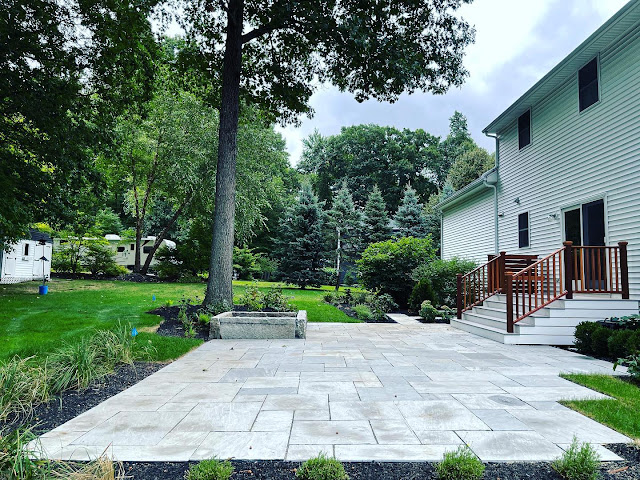10 Essential Tips for Planning Your Perfect Landscape Design
Having a hidden oasis you can come home to in the evening or host engaging parties inside is a wonderful way to enhance your outdoor living space. In some cases, this could simply be a porch or paved-off area for barbecuing. For many others, however; working with a team to create the perfect landscape design that enables these activities is much more rewarding.
The trick is balancing the requirements of daily activities with a clear and strong aesthetic for a robust landscape design MA. Here are some tips to help you get started.
1. Stick to Your Budget
Landscaping can get expensive without the right tools, equipment, and experience. While a DIY solution seems more cost-effective, the amount of time and money you’ll spend through trial and error of plants, materials, and proper construction techniques, makes it completely inefficient. Land on a specific budget, then stick to that budget as the design develops.
2. Know Your Site
Everything from the soil in your backyard to the contour of the land has a lot to do with the landscape design process. You want a team that will look at the various exposure to sun levels around the property as well as wind and water runoff considerations during storms.
3. Consider Hardscapes
Hardscaping, such as patios, pathways, or retaining walls, can go a long way to enhancing your overall landscape design. Try to integrate elements that match up with the theme of your garden or the architecture of your home.
4. Native Plants
You wouldn’t use hardy New England plants in a Southwest setting and vice versa. Knowing which plants will be visually appealing and naturally integrate with the native property goes a long way to cutting down on problems in the future.
5. Water Features
Water is dynamic. It creates a visual element you want to enjoy and expands the sensory experience of a garden or backyard. Finding fun, useful, and immersive water elements that not only benefit your garden experience, but also attract birds and add ecological value, is a great way to enhance your landscape design.
6. Visual Mapping
A big part of planning is visually mapping your site’s existing conditions before you start the design process. You want a well-laid-out visual map of the property you’ll be infusing with landscape design. This way, you can mark out details or special considerations for the team you plan to hire.
7. Consider Plant Functions
Many homeowners prefer to work with plants that support the natural ecosystems around their properties. This may include things like growing specific herbs for better health, introducing pollinators, creating edible gardens, even planting certain trees that soak up more water after a rain storm.
8. Maintenance
Low-maintenance gardens are practical and time-saving. However, if you are already planning on hiring a team for maintenance, you can express different plant palettes in your designed space. Make sure your design accounts for what you’ll need to fix, repair, or expand in the future.
9. Choose a Theme
Not everyone wants a simple garden. Sometimes, you can boost the style of your landscape design with a theme like a cottage garden, minimalism, Zen elements, or whatever else strikes your fancy.
10. Seasonal Options
A rose garden is quite different in the middle of winter. As you plan out your landscape design, consider what seasonal options you may want to see in winter, fall, spring, or the hot days of summer.
Ready to Get Started?
With years of experience and a fantastic landscape design portfolio to back up our expertise, our team at Groundswell Landscape is here for any of your upcoming projects. We offer design, installation, and consultation services so you get the stunning and well-thought-out landscape you need to feel at peace. Give us a call today for a complimentary consultation.





Comments
Post a Comment